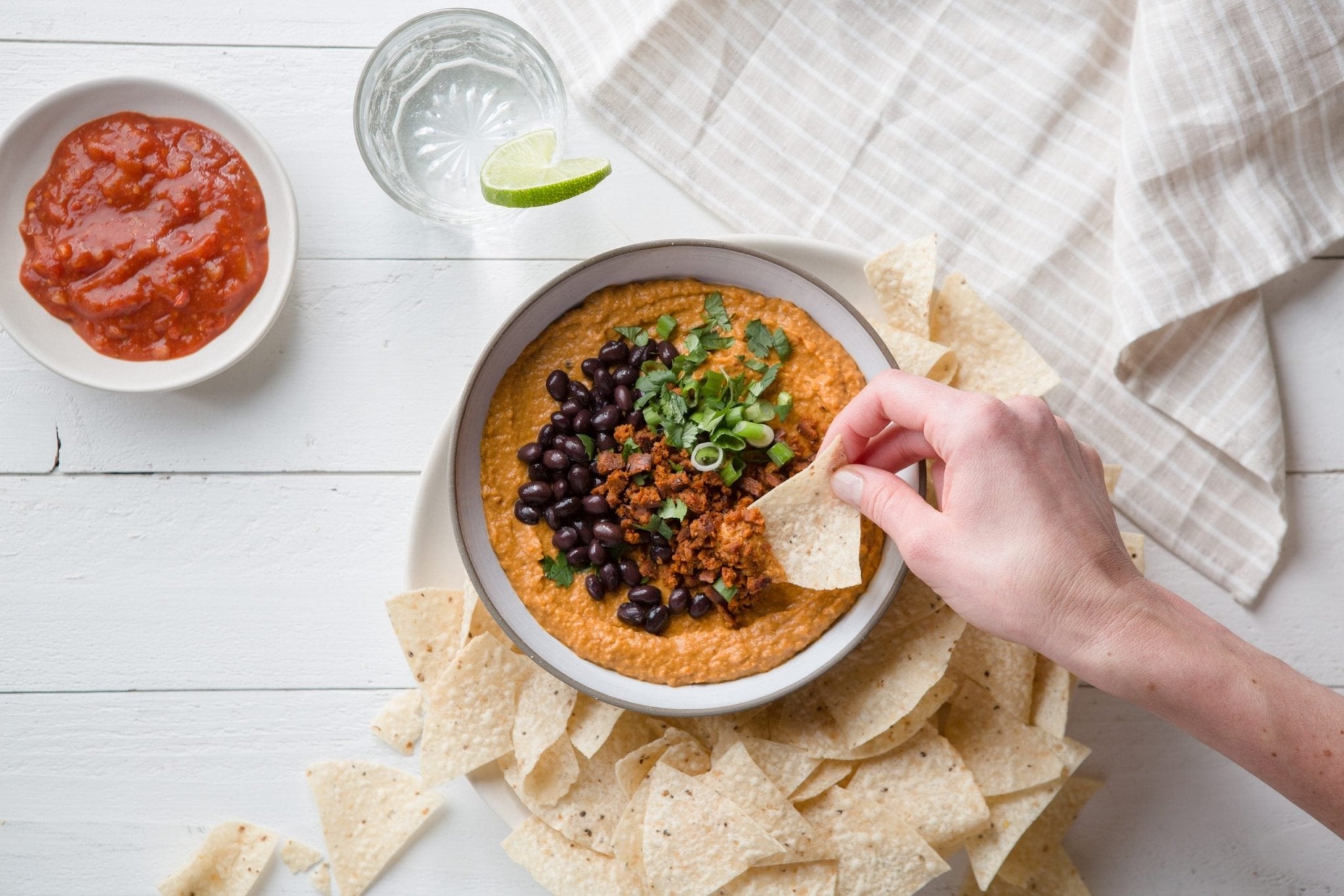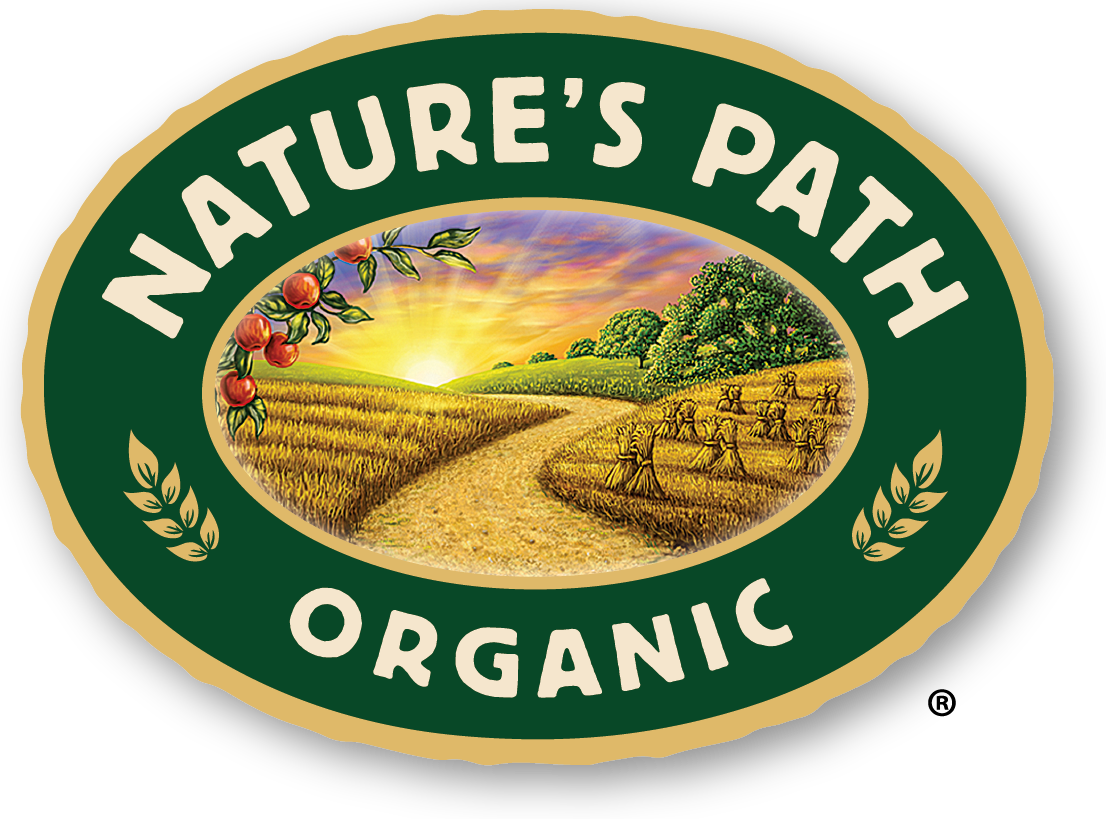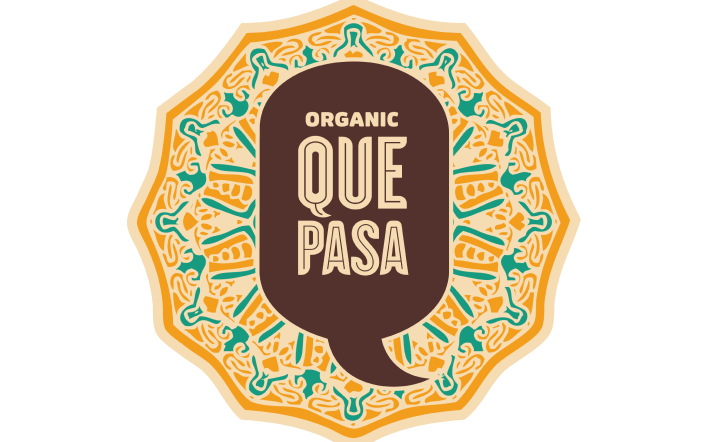
What is Mole?
When conquistadors arrived to the continent and brought with them their language, religion and traditions, they also introduced a huge array of new and diverse ingredients, giving the cooks an infinite number of possibilities. Mole is one of the most representative dishes of Mexico as it began evolving alongside the culture and was constantly adapting to the new acquired tastes and traditions of the emerging nation.
It is often believed to have just one ingredient (like chocolate) that makes mole so distinctive, but that could not be further from the truth. What is now an intricate and varied dish has its origins in the Prehispanic times. The word Mulli was used to describe a very simple mix of tomatoes and chilies, that was always served over other foods and never eaten on its own. Fish or any other meats could be a companion and in special occasions a more complex version of the sauce was prepared incorporating ingredients such as nuts and seeds.
 Nowadays mole could be considered as the Mexican version of curry, in the sense that it is a sumptuous sauce composed of many different ingredients, served alongside vegetables, chicken or pork. Also, due to the labor-intensive preparation, it’s a dish that is mostly served during big occasions and festivities such as weddings, baptisms, graduations, and funerals. Where many family members are expected to gather, it is custom to prepare just one big batch of the rich dish that could feed a big congregation of people - sometimes even for a couple of days.
The recipe for mole varies from family to family and it’s usually a well-kept secret passed down through generations. Ingredients tend to be completely different depending on the region of the country it's made - but chilies, nuts, and seeds are the most commonly used. Beyond the basic, there are often more than twenty ingredients used in the recipe. Furthermore, though the technique might not be the most complicated, it is a time consuming job.
Setting regional variances aside, a simple type of mole would at least use 4 different kinds of dried chilies such as ancho, pasilla, mulato and chipotle (seeds and stems off), as well as other ingredients like almonds, cinnamon, onion, garlic, day old bread, plantains, cloves, and raisins.
This results in mole having very diverse flavors that can range from bittersweet to spicy and very diverse hues from yellow and green to a dark black and reddish brown and even white or pink moles.
Nowadays mole could be considered as the Mexican version of curry, in the sense that it is a sumptuous sauce composed of many different ingredients, served alongside vegetables, chicken or pork. Also, due to the labor-intensive preparation, it’s a dish that is mostly served during big occasions and festivities such as weddings, baptisms, graduations, and funerals. Where many family members are expected to gather, it is custom to prepare just one big batch of the rich dish that could feed a big congregation of people - sometimes even for a couple of days.
The recipe for mole varies from family to family and it’s usually a well-kept secret passed down through generations. Ingredients tend to be completely different depending on the region of the country it's made - but chilies, nuts, and seeds are the most commonly used. Beyond the basic, there are often more than twenty ingredients used in the recipe. Furthermore, though the technique might not be the most complicated, it is a time consuming job.
Setting regional variances aside, a simple type of mole would at least use 4 different kinds of dried chilies such as ancho, pasilla, mulato and chipotle (seeds and stems off), as well as other ingredients like almonds, cinnamon, onion, garlic, day old bread, plantains, cloves, and raisins.
This results in mole having very diverse flavors that can range from bittersweet to spicy and very diverse hues from yellow and green to a dark black and reddish brown and even white or pink moles.
 The difficulty lies in frying each ingredient individually, which is the only way to get the best flavor out of everything, making sure that nothing is burnt, over or under roasted. All components are then ground and mixed until resulting in a thick paste, even the chili seeds that were set aside at the beginning of the process, after being toasted they’re added carefully to the mixture controlling the amount of heat desired in the sauce. Needless to say the smells inside the kitchen while preparing the sauce are amazing and can only be compared to the wonderful flavors of the dish on the day after the making, when all the flavors are perfectly melded together.
Due to its arduous method, today it can be bought pre-made in stores and markets in the form of either a paste or a powder, to be then reconstituted with any type of broth, thus shortening the time spent in the kitchen preparing it. Traditionally mole was served with turkey, but it’s now more commonly found served on top of a single piece of chicken or pork with rice on the side and with a stack of warm tortillas.
For some vegan alternatives to key ingredients in traditional Mexican foods check out our post: "Easy Swaps to Veganize Traditional Mexican Food".
The luscious dish that was once only reserved to be consumed a few times a year in remote towns in the countryside has made its way to some of the finest restaurants in the capital city and make an appearance on practically every Mexican table and menu. Although the real origin remains unknown, mole is a culinary icon that has been evolving alongside the country’s History. It has become a symbol of the syncretism between its European and indigenous backgrounds.
And, like one of the most prolific Mexican chefs, Enrique Olvera, would say: “Mole doesn’t taste the sum of its ingredients, it tastes like mole”.
The difficulty lies in frying each ingredient individually, which is the only way to get the best flavor out of everything, making sure that nothing is burnt, over or under roasted. All components are then ground and mixed until resulting in a thick paste, even the chili seeds that were set aside at the beginning of the process, after being toasted they’re added carefully to the mixture controlling the amount of heat desired in the sauce. Needless to say the smells inside the kitchen while preparing the sauce are amazing and can only be compared to the wonderful flavors of the dish on the day after the making, when all the flavors are perfectly melded together.
Due to its arduous method, today it can be bought pre-made in stores and markets in the form of either a paste or a powder, to be then reconstituted with any type of broth, thus shortening the time spent in the kitchen preparing it. Traditionally mole was served with turkey, but it’s now more commonly found served on top of a single piece of chicken or pork with rice on the side and with a stack of warm tortillas.
For some vegan alternatives to key ingredients in traditional Mexican foods check out our post: "Easy Swaps to Veganize Traditional Mexican Food".
The luscious dish that was once only reserved to be consumed a few times a year in remote towns in the countryside has made its way to some of the finest restaurants in the capital city and make an appearance on practically every Mexican table and menu. Although the real origin remains unknown, mole is a culinary icon that has been evolving alongside the country’s History. It has become a symbol of the syncretism between its European and indigenous backgrounds.
And, like one of the most prolific Mexican chefs, Enrique Olvera, would say: “Mole doesn’t taste the sum of its ingredients, it tastes like mole”.
 Nowadays mole could be considered as the Mexican version of curry, in the sense that it is a sumptuous sauce composed of many different ingredients, served alongside vegetables, chicken or pork. Also, due to the labor-intensive preparation, it’s a dish that is mostly served during big occasions and festivities such as weddings, baptisms, graduations, and funerals. Where many family members are expected to gather, it is custom to prepare just one big batch of the rich dish that could feed a big congregation of people - sometimes even for a couple of days.
The recipe for mole varies from family to family and it’s usually a well-kept secret passed down through generations. Ingredients tend to be completely different depending on the region of the country it's made - but chilies, nuts, and seeds are the most commonly used. Beyond the basic, there are often more than twenty ingredients used in the recipe. Furthermore, though the technique might not be the most complicated, it is a time consuming job.
Setting regional variances aside, a simple type of mole would at least use 4 different kinds of dried chilies such as ancho, pasilla, mulato and chipotle (seeds and stems off), as well as other ingredients like almonds, cinnamon, onion, garlic, day old bread, plantains, cloves, and raisins.
This results in mole having very diverse flavors that can range from bittersweet to spicy and very diverse hues from yellow and green to a dark black and reddish brown and even white or pink moles.
Nowadays mole could be considered as the Mexican version of curry, in the sense that it is a sumptuous sauce composed of many different ingredients, served alongside vegetables, chicken or pork. Also, due to the labor-intensive preparation, it’s a dish that is mostly served during big occasions and festivities such as weddings, baptisms, graduations, and funerals. Where many family members are expected to gather, it is custom to prepare just one big batch of the rich dish that could feed a big congregation of people - sometimes even for a couple of days.
The recipe for mole varies from family to family and it’s usually a well-kept secret passed down through generations. Ingredients tend to be completely different depending on the region of the country it's made - but chilies, nuts, and seeds are the most commonly used. Beyond the basic, there are often more than twenty ingredients used in the recipe. Furthermore, though the technique might not be the most complicated, it is a time consuming job.
Setting regional variances aside, a simple type of mole would at least use 4 different kinds of dried chilies such as ancho, pasilla, mulato and chipotle (seeds and stems off), as well as other ingredients like almonds, cinnamon, onion, garlic, day old bread, plantains, cloves, and raisins.
This results in mole having very diverse flavors that can range from bittersweet to spicy and very diverse hues from yellow and green to a dark black and reddish brown and even white or pink moles.
 The difficulty lies in frying each ingredient individually, which is the only way to get the best flavor out of everything, making sure that nothing is burnt, over or under roasted. All components are then ground and mixed until resulting in a thick paste, even the chili seeds that were set aside at the beginning of the process, after being toasted they’re added carefully to the mixture controlling the amount of heat desired in the sauce. Needless to say the smells inside the kitchen while preparing the sauce are amazing and can only be compared to the wonderful flavors of the dish on the day after the making, when all the flavors are perfectly melded together.
Due to its arduous method, today it can be bought pre-made in stores and markets in the form of either a paste or a powder, to be then reconstituted with any type of broth, thus shortening the time spent in the kitchen preparing it. Traditionally mole was served with turkey, but it’s now more commonly found served on top of a single piece of chicken or pork with rice on the side and with a stack of warm tortillas.
For some vegan alternatives to key ingredients in traditional Mexican foods check out our post: "Easy Swaps to Veganize Traditional Mexican Food".
The luscious dish that was once only reserved to be consumed a few times a year in remote towns in the countryside has made its way to some of the finest restaurants in the capital city and make an appearance on practically every Mexican table and menu. Although the real origin remains unknown, mole is a culinary icon that has been evolving alongside the country’s History. It has become a symbol of the syncretism between its European and indigenous backgrounds.
And, like one of the most prolific Mexican chefs, Enrique Olvera, would say: “Mole doesn’t taste the sum of its ingredients, it tastes like mole”.
The difficulty lies in frying each ingredient individually, which is the only way to get the best flavor out of everything, making sure that nothing is burnt, over or under roasted. All components are then ground and mixed until resulting in a thick paste, even the chili seeds that were set aside at the beginning of the process, after being toasted they’re added carefully to the mixture controlling the amount of heat desired in the sauce. Needless to say the smells inside the kitchen while preparing the sauce are amazing and can only be compared to the wonderful flavors of the dish on the day after the making, when all the flavors are perfectly melded together.
Due to its arduous method, today it can be bought pre-made in stores and markets in the form of either a paste or a powder, to be then reconstituted with any type of broth, thus shortening the time spent in the kitchen preparing it. Traditionally mole was served with turkey, but it’s now more commonly found served on top of a single piece of chicken or pork with rice on the side and with a stack of warm tortillas.
For some vegan alternatives to key ingredients in traditional Mexican foods check out our post: "Easy Swaps to Veganize Traditional Mexican Food".
The luscious dish that was once only reserved to be consumed a few times a year in remote towns in the countryside has made its way to some of the finest restaurants in the capital city and make an appearance on practically every Mexican table and menu. Although the real origin remains unknown, mole is a culinary icon that has been evolving alongside the country’s History. It has become a symbol of the syncretism between its European and indigenous backgrounds.
And, like one of the most prolific Mexican chefs, Enrique Olvera, would say: “Mole doesn’t taste the sum of its ingredients, it tastes like mole”.
Would you like to be the first to hear about our new products and more? Sign up for our Nature’s Path Newsletter.








